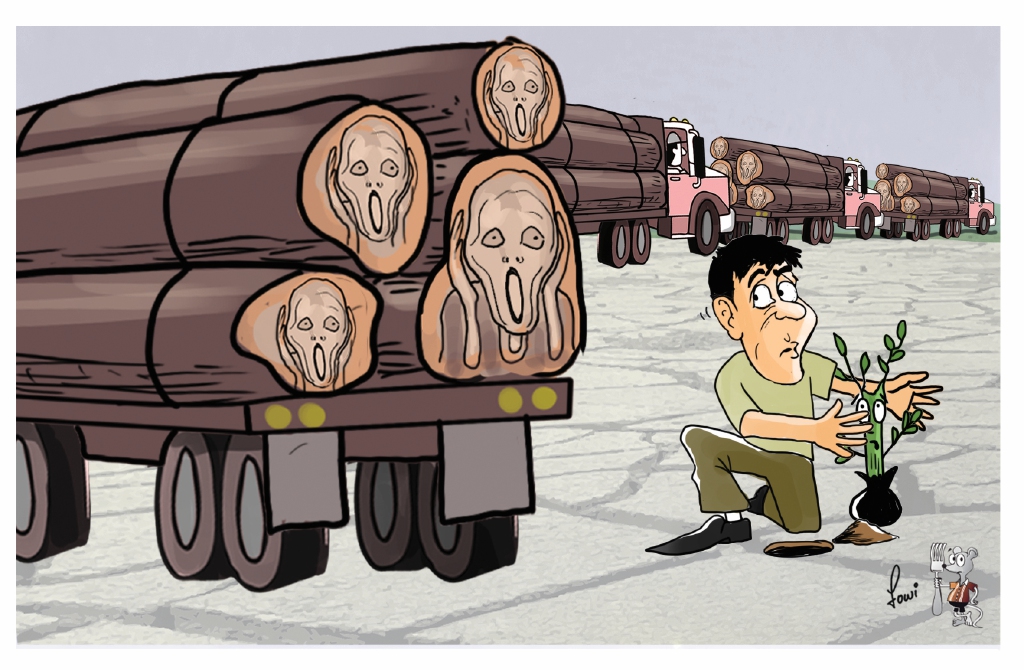20,000 in Panama reforestation drive

While illegal logging among indigenous communities in Darien and other areas continues over 20,000 volunteers turned out across the country on Saturday, June 2 to plant tens of thousands of saplings of timber, fruit and ornamental species.
The initiative, in its fourth year, took place in 40 different locations and is part of the Alianza por el Millón, which involves public and private entities is aiming to repopulate one million hectares by 2035.
President Juan Carlos Varela highlighted the ecological and touristic value of the days, launched in 2015 with “over 5 million trees” already planted.
“On these days, full of good vibes, family atmosphere and teamwork, we do not regret putting environmental needs as a priority,” said Varela.
According to official data, in the four years of the initiative, “we have advanced by 15 percent in the goals of reforestation in degradation points”.
 “40,000 hectares have been reforested with species such as oak, laurel, teak, pine, cashew curacao, espave, avocado, cedar, guayacan, Panama and jacaranda. On average it is reforested with more than 60 species considered the most appropriate by scientific studies for the restoration,” said the Presidency in a public statement.
“40,000 hectares have been reforested with species such as oak, laurel, teak, pine, cashew curacao, espave, avocado, cedar, guayacan, Panama and jacaranda. On average it is reforested with more than 60 species considered the most appropriate by scientific studies for the restoration,” said the Presidency in a public statement.
The Alianza por el Millón reforestation initiative seeks to strengthen the commitments assumed by Panama in the Paris Agreement, through the increase in reforestation in critical points and the increase in forest cover, which in turn has an impact on the efforts to reduce greenhouse gas emissions.
The program of the Alianza por el Millón implies actions in the restoration of forest land; commercial reforestation; conservation of natural forests, and restoration of gallery forests.
The National Association for the Conservation of Nature (ANCON) estimates that each year about 20,000 hectares of land are lost due to deforestation in Panama, and that in total 2 million hectares are degraded, of which only 14 percent have been recovered. .
According to a report published by the UN in 2014, the reduction of forest masses between 1992 and 2012 resulted in a loss of 3.7 billion dollars for the Panamanian economy.
The report explains that the contribution of forests to the economy of a country can be measured through the gross domestic product (GDP), since the forest sector is part of a production chain that directly or indirectly affects the agricultural, industrial, construction and manufacturing sector.
The jungle province of Darién, on the border with Colombia, and the indigenous Ngäbé Buglé region, in the Panamanian Caribbean, are the most affected areas by deforestation.
:





